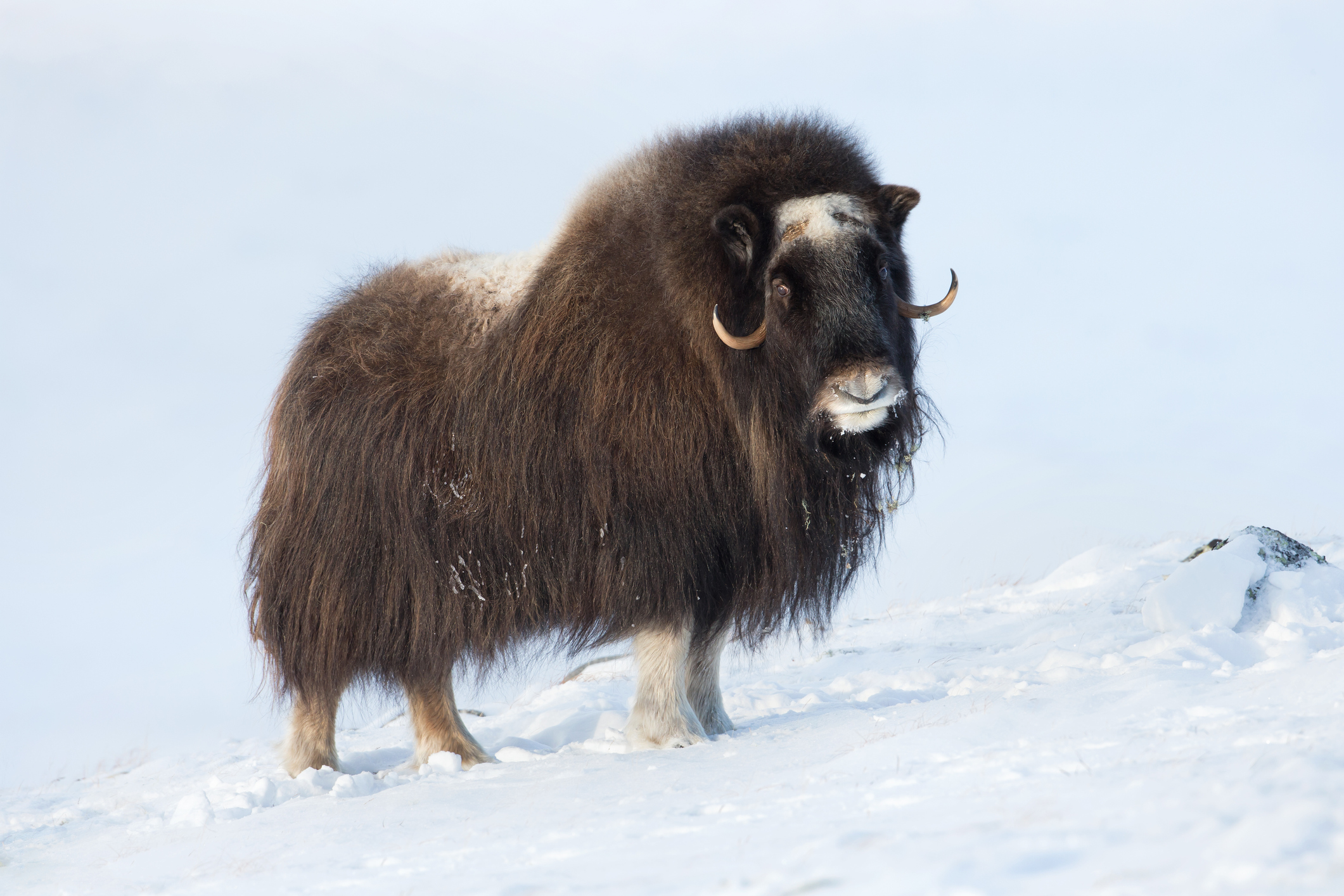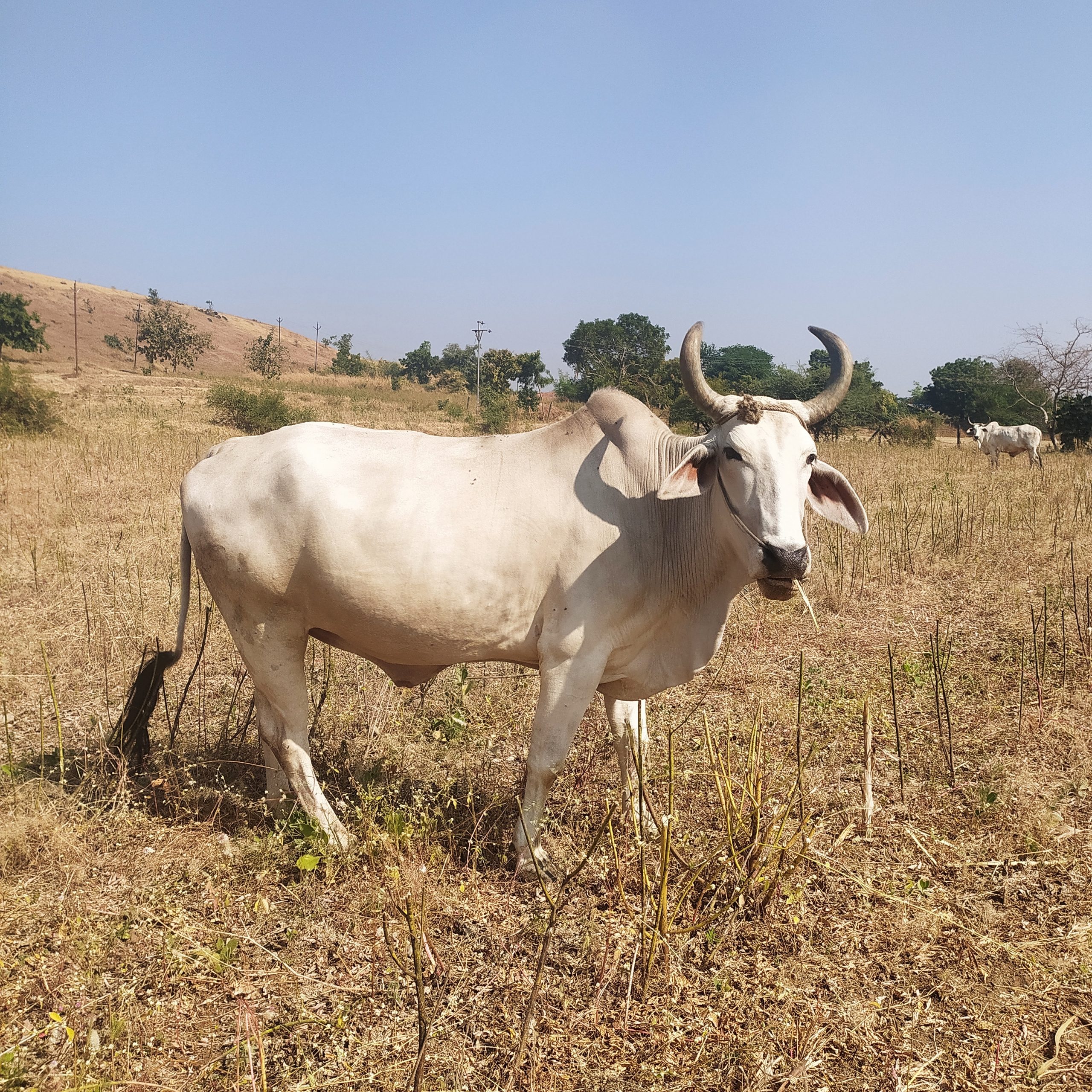Ox: The Unsung Hero Of The Farm And Beyond
Have you ever stopped to think about the ox? I mean, really think about it? This isn't just some random farm animal; it's a powerhouse, a beast of burden that has been quietly shaping human civilization for thousands of years. When we talk about strength, endurance, and sheer work ethic, the ox is the ultimate MVP. But how much do we really know about this incredible creature? Let's dive into the world of the ox and uncover why it deserves a lot more credit than it gets.
Now, you might be wondering, "Why should I care about an ox?" Well, let me tell you, the ox has been pulling more than just carts—it's been pulling the weight of entire economies, cultures, and agricultural systems. From ancient Mesopotamia to modern-day farms, the ox has been a silent partner in human progress. So, buckle up because we're about to explore everything you need to know about this remarkable animal.
And before you think this is just another boring article about animals, think again. This is about history, science, and the unsung heroes who keep the world turning. So, are you ready to meet the real MVP of the farm? Let's go!
- Mkvmoviespoint Bollywood Movies Your Ultimate Destination For Indian Cinema
- Unmasking The Excitement Sophie Rains Spiderman Video On Youtube
What Exactly is an Ox?
Alright, let's start with the basics. An ox (plural: oxen) is essentially a domesticated bull that has been castrated and trained to work. But don't let the simplicity of the definition fool you. This isn't just any old bull; it's a working machine, a tractor before tractors even existed. The ox has been bred and trained for centuries to perform tasks that require strength, patience, and endurance. It's like the truck driver of the animal kingdom—always on the road, always getting the job done.
But here's the kicker: not every bull can become an ox. It takes a special kind of animal to handle the workload, the training, and the expectations. Oxen are chosen for their size, strength, and temperament. They're not just brawn; they've got brains too. And let's not forget, they're versatile. You'll find oxen pulling plows in rice paddies, hauling logs in forests, and even powering water wheels in some parts of the world.
Key Characteristics of an Ox
- Strength: Oxen can pull loads that are significantly heavier than their own body weight. Imagine carrying a backpack that weighs twice as much as you do—that's what oxen do every day.
- Endurance: These animals can work for hours without tiring. They're the Energizer Bunny of the farm world.
- Temperament: Oxen are known for their calm and gentle nature, making them ideal for working alongside humans.
- Adaptability: Whether it's the scorching heat of Africa or the freezing winters of Europe, oxen can adapt to almost any environment.
The History of Oxen in Human Civilization
Let's rewind the clock a few thousand years. Oxen have been working alongside humans since the dawn of agriculture. In ancient Egypt, they were used to plow fields and haul massive stones for pyramid construction. In India, they've been pulling carts and tilling soil for centuries. And in Europe, they were the backbone of medieval farming. Without oxen, many of the world's greatest civilizations wouldn't have thrived the way they did.
- Unveiling The Truth Buscar Kid And His Mom Cctv Incident
- X Hamster The Ultimate Guide To Understanding And Caring For Your Pet
But it's not just about farming. Oxen have played a crucial role in transportation, too. Before cars and trains, oxen were the primary means of moving goods over long distances. They were the semi-trucks of their time, capable of hauling heavy loads across rough terrain. And let's not forget, they were a vital part of the American frontier. Pioneers relied on oxen to pull wagons across the vast prairies, carrying everything they needed to start a new life.
The Evolution of Oxen in Agriculture
Over the years, the role of oxen in agriculture has evolved. With the advent of mechanized farming, their importance has decreased in many parts of the world. But in some regions, particularly in developing countries, oxen are still the go-to solution for farming. They don't require fuel, they don't break down, and they don't need spare parts. All they need is food, water, and a little TLC.
Why Oxen Are Still Relevant Today
Now, you might be thinking, "Sure, oxen were great back in the day, but what about now?" Well, here's the thing: oxen are still incredibly relevant in today's world. In many rural areas, they're the most cost-effective way to farm. They don't pollute the environment, they don't require expensive machinery, and they provide a sustainable solution to agricultural challenges. Plus, they're a great source of manure, which is essential for soil fertility.
And let's not forget about their role in cultural traditions. In many parts of the world, oxen are still celebrated in festivals and ceremonies. They're a symbol of strength, hard work, and resilience. So, while the world may have moved on to tractors and combines, the ox remains a vital part of many communities.
Modern Uses of Oxen
- Agriculture: In developing countries, oxen are still used for plowing, sowing, and harvesting crops.
- Transportation: In remote areas, oxen are used to transport goods and people where roads are non-existent.
- Ecotourism: Some farms use oxen to attract tourists who want to experience traditional farming methods.
The Science Behind Oxen
Now, let's get a little scientific. What makes oxen so special? Well, it all comes down to biology. Oxen are bred for their size, strength, and endurance. They have powerful muscles, a strong skeleton, and a digestive system that can handle a wide variety of foods. And let's not forget about their horns. Those aren't just for show; they're a vital tool for clearing paths and defending against predators.
But it's not just about physical attributes. Oxen are also incredibly intelligent. They can be trained to understand complex commands and perform tasks that require precision. And let's not forget about their social behavior. Oxen are herd animals, which means they thrive in groups and can work together to accomplish tasks.
Genetics and Breeding
Breeding oxen is a science in itself. Farmers select animals based on their size, strength, and temperament. They also consider factors like disease resistance and adaptability to different environments. The goal is to create a breed that is both hardworking and healthy, capable of withstanding the rigors of farm life.
The Economic Impact of Oxen
When you think about it, oxen have had a massive economic impact throughout history. They've been the driving force behind agriculture, transportation, and even industry. In many parts of the world, they're still a vital part of the economy. Farmers rely on them to produce food, and businesses rely on them to transport goods. Without oxen, many economies would struggle to survive.
And let's not forget about the environmental benefits. Oxen are a sustainable solution to many of the challenges facing modern agriculture. They don't require fossil fuels, they don't produce harmful emissions, and they help maintain soil health. In a world that's increasingly focused on sustainability, oxen are a shining example of how we can work with nature instead of against it.
Challenges Facing Oxen Today
Despite their many benefits, oxen face several challenges in today's world. One of the biggest is competition from mechanized farming. Tractors and other machinery have made farming faster and more efficient, but they've also made oxen less necessary in many areas. Another challenge is the loss of traditional knowledge. As younger generations move away from farming, the skills needed to work with oxen are being lost.
How You Can Support Oxen
So, what can you do to support these incredible animals? Well, there are several ways. First, you can support farmers who use traditional methods, including oxen. By buying their products, you're helping to keep these practices alive. You can also support organizations that work to preserve traditional farming techniques and promote sustainable agriculture.
And let's not forget about education. Teaching people about the importance of oxen and their role in history and culture is crucial. By raising awareness, we can ensure that these animals continue to be valued and respected for the incredible work they do.
Conservation Efforts
There are several organizations around the world that are working to conserve oxen and promote their use in sustainable agriculture. These groups focus on education, research, and advocacy, ensuring that oxen remain a vital part of the global agricultural system. By supporting these efforts, you're helping to ensure that oxen continue to thrive for generations to come.
Conclusion: The Legacy of the Ox
So, there you have it—the incredible world of the ox. From ancient civilizations to modern-day farms, these animals have been quietly shaping human history for thousands of years. They're strong, intelligent, and adaptable, making them the perfect partner for human progress. But they also face challenges in today's world, and it's up to us to ensure that they continue to thrive.
Now, it's your turn. Whether you're a farmer, a consumer, or just someone who cares about the environment, there's something you can do to support oxen. Share this article, leave a comment, or support organizations that work to preserve these incredible animals. Together, we can ensure that the legacy of the ox lives on for generations to come.
Table of Contents
- What Exactly is an Ox?
- The History of Oxen in Human Civilization
- Why Oxen Are Still Relevant Today
- The Science Behind Oxen
- The Economic Impact of Oxen
- How You Can Support Oxen
- Conclusion: The Legacy of the Ox
- Key Characteristics of an Ox
- The Evolution of Oxen in Agriculture
- Modern Uses of Oxen
- Genetics and Breeding
- Challenges Facing Oxen Today
- Conservation Efforts
- Unveiling The Mystery The Yololary Leaked Controversy
- X Hamster The Ultimate Guide To Understanding And Caring For Your Pet

Musk ox guide where they're found, why they fight, and how musk ox

Ox PixaHive

About Us